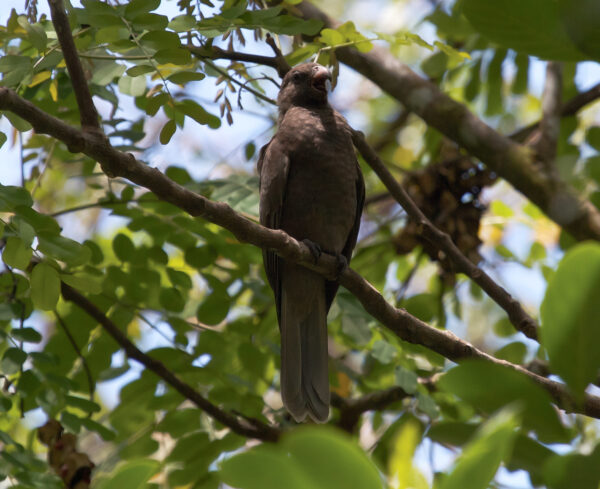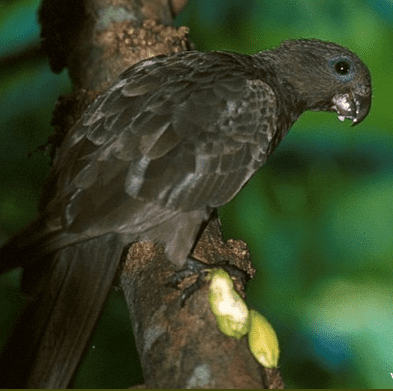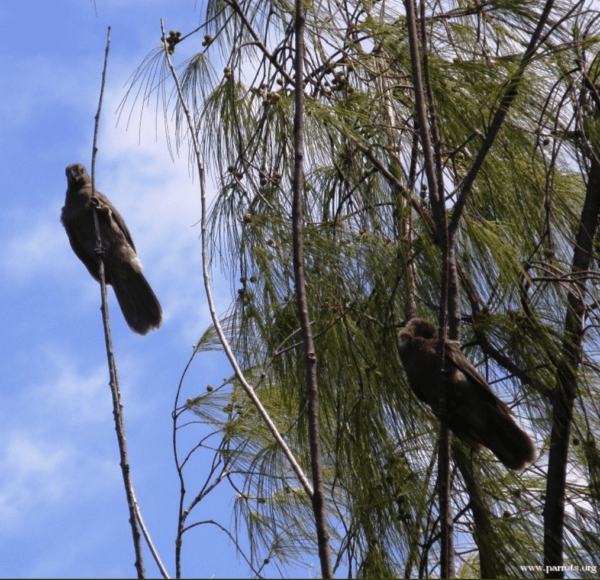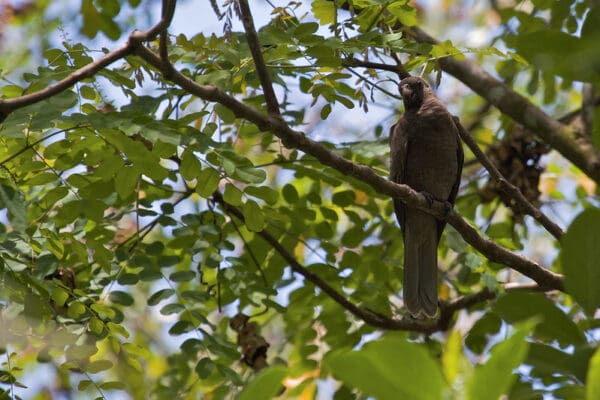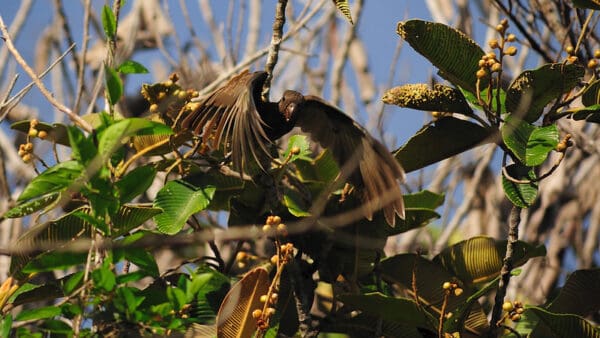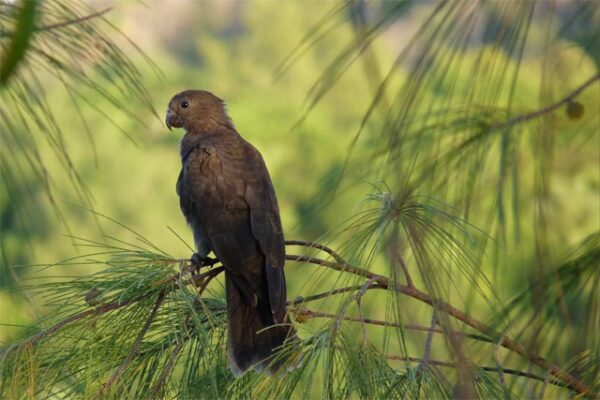Seychelles Parrot
Also known as:
Seychelles Black Parrot
Also known as:
Seychelles Black Parrot
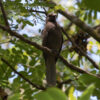
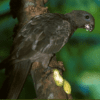
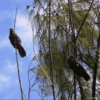
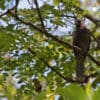
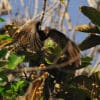
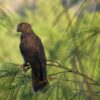
DID YOU KNOW?
In mid-2014 the Seychelles Parrot, once listed as a conspecific of the Black Parrot, was designated a separate species.

Coracopsis

barklyi
Size:
35 cm (13.6 in)
Weight:
315 g (11 oz)
Subspecies including nominate:
one
Colour Adult:
Both adults similar to Comoro Black Parrot, with paler brown; less black than Lesser Vasa Parrot, but grey/blue reflections on outer webs of primary feathers; pale brown patches on crown.
Colour Juvenile:
Immatures paler than adults with yellowish tinge on beak and pale grey tail feather tips.
Call:
Varied sounds, more pleasant-sounding than Vasa Parrot. Flute like whistles. Some calls shrieking or discordant. Also melodic whistle quite different than Vasa Parrot.
More Information:
Captive Status:
—
Longevity:
—
Housing:
—
Diet:
—
Enrichment:
—
Nest Box Size:
—
Clutch Size:
3-5
Fledging Age:
—
Hatch Weight:
—
Peak Weight:
—
Weaning Weight:
—
World Population:
730-1170 mature individuals, stable.
IUCN Red List Status:
Vulnerable
CITES Listing:
Appendix II
Threat Summary:
Threats have included diseases such as Psittacine Beak and Feather Disease, some predation from rats and cats, competition from introduced bird species, cutting of coconut nesting trees (now more controlled) and habitat destruction caused by fires, with potential threats including persecution, pesticides and yellow crazy ant invasions (now better controlled).
Range:
Praslin and Curieuse Islands (no breeding recorded in latter), Seychelles.
Habitat:
Found in variety of habitats including forest, savanna, wood surrounded villages, primary forest and cultivated areas from sea-level to 2050 m (6724 ft).
Wild Diet:
Diet is principally seeds and fruits of endemic palms and other leafy trees, including: Illena ferruginea and Craterispermum microdon, introduced trees such as Casuarina equisetifolia and Sandoricum keotjape, the introduced creeper Tylophora indica, Pouteria obovata, Phyllanthus pervilleanus and very young coconut palms (Cocos nucifera). Also new shoots and seeds of Casuarina and the fruit of introduced fruit trees.
Ecology and Behaviour:
Diurnal foraging movements, but resident. Usually seen in small noisy flocks; active on moonlit nights. Birds are generally seen only in singles or pairs.
Clutch and Egg Size:
3 to 5 eggs, oval shaped, 36 x 26 mm (1.4 x 1 in).
Breeding Season:
October to March. Nests are in tree cavities; will also use nest-boxes.
